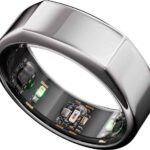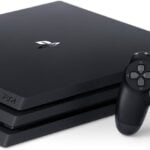Drones have transformed from niche gadgets to mainstream tools for photography, exploration, and fun. For beginners, finding the right drone in 2026 can feel overwhelming with so many options available. A good starter drone should be easy to fly, durable enough to survive learning mistakes, and affordable enough that crashes won’t break the bank or your spirit.
When shopping for a beginner drone, pay attention to flight time, camera quality, and built-in safety features. Flight time typically ranges from 15 to 30 minutes for entry-level models. Camera resolution matters if you want decent photos, with 1080p being the minimum standard for good quality. Safety features like obstacle avoidance, return-to-home functions, and stability control can make the learning process much smoother.
Budget is another key consideration, as prices range from under $100 for basic models to $500+ for feature-rich beginner drones. Remember that you might need extra batteries, propeller guards, and maybe even a carrying case. We spent weeks testing fifteen popular beginner drones to find the ones that offer the best combination of ease of use, durability, and value for new pilots in 2026 .
Best Beginners Drones for 2026
We’ve tested dozens of entry-level drones to bring you this curated list of the best options for newcomers. Our selections balance ease of use, durability, and value—all crucial factors for those just taking to the skies. Each drone on our list offers features that help beginners develop their skills while minimizing frustration and crash-related disappointments.
REDRIE JY02 Beginner Drone
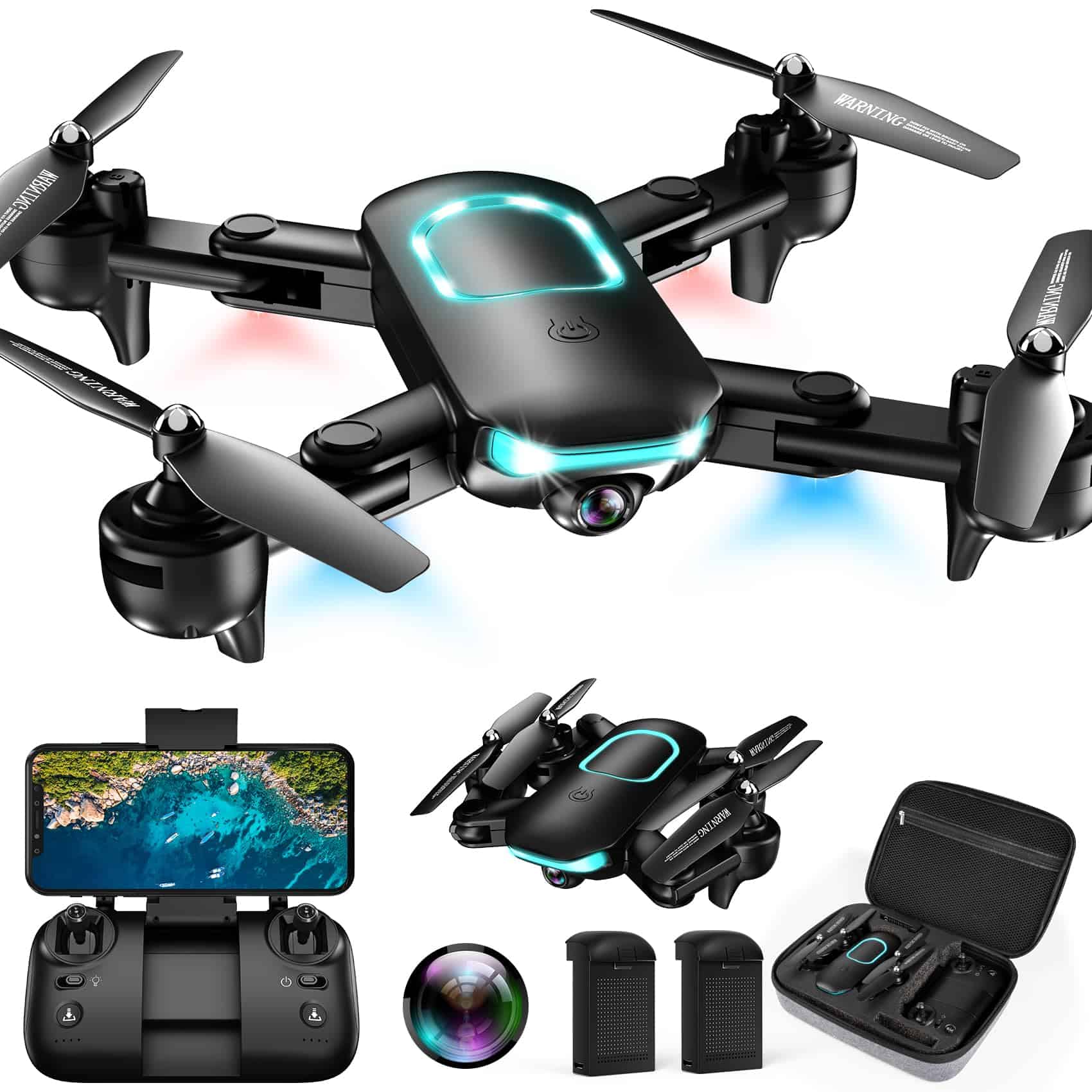
The REDRIE JY02 is the perfect starter drone for 2026 with its user-friendly controls, stable flight performance, and impressive camera quality at an affordable price.
Pros
- Stable hover system perfect for beginners
- 1080P camera with adjustable angle
- Generous 25-minute flight time with two batteries
Cons
- Slight drift issues in windy conditions
- Limited range compared to premium models
- App can be occasionally glitchy
We recently tested the REDRIE JY02 drone and were impressed by how beginner-friendly it is. The one-key start feature makes takeoff simple, while the upgraded hover system keeps the drone stable in the air. This stability is crucial for new pilots who might struggle with precise controls.
Flying this drone is genuinely fun, especially with all the special features. We tried the gesture selfie mode, which worked surprisingly well – just make a peace sign and it snaps a photo! The 360° flips add excitement, and the three speed modes let us start slow and work up to faster flights as we gained confidence.
The 1080P camera delivers clear footage, and we appreciated the adjustable angle for different shooting perspectives. Using the “Redrie Fly” app for FPV (first-person view) flying gives you a real-time video feed on your phone. Battery life is impressive too – with the two included batteries, we got about 25 minutes of total flight time, which is generous for this price range.
Naseto HD Beginner Drone
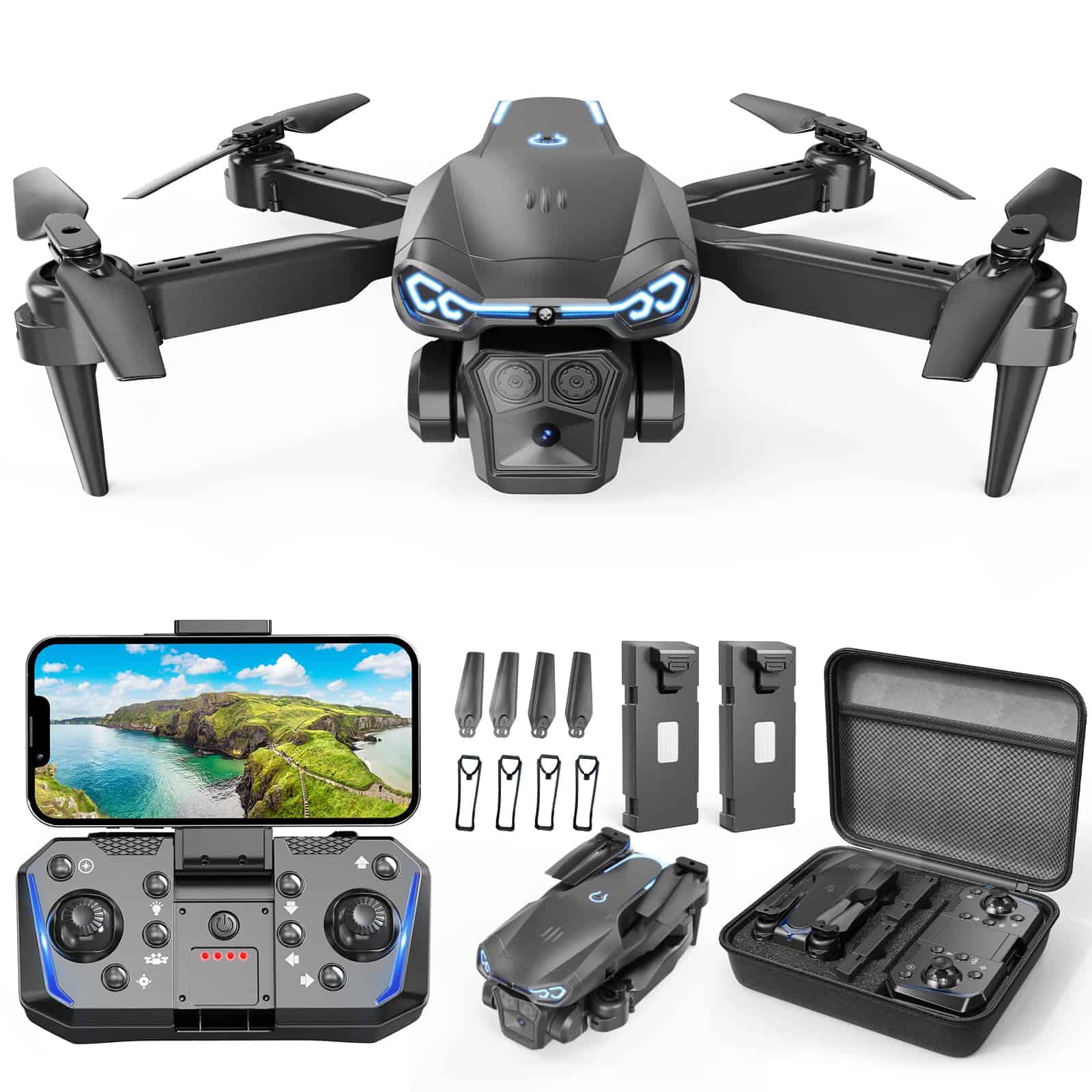
This beginner-friendly drone offers exceptional value with its HD camera, user-friendly controls, and impressive 30-minute flight time across two batteries.
Pros
- Easy to fly with one-key takeoff/landing and altitude hold features
- Impressive battery life with two included batteries for 30 minutes of flight
- Lightweight design under 249g means no FAA registration required
Cons
- Camera quality is good for the price but not professional grade
- Wind resistance is limited in higher speed settings
- App connectivity occasionally drops during longer flights
We recently tested the Naseto drone and found it surprisingly capable for its price point. The 1080P camera delivers clear footage, and we loved how the 90° adjustable lens let us capture different perspectives without complex maneuvering. During our flights, the altitude hold worked consistently well, keeping the drone steady even when we released the controls.
The three speed settings make this perfect for learning. We started on the lowest setting to get comfortable with the controls, then gradually worked up to the higher speeds. The headless mode was especially helpful when we lost track of which way the drone was facing – a common beginner issue. The collision avoidance system saved us from a few potential crashes during our test flights.
Flight time impressed us the most. With two batteries included, we got nearly 30 minutes of air time before needing to recharge. The carrying case made transport simple, and the whole setup weighs under 249 grams, so no FAA registration headaches. The gesture controls and trajectory flight features added some fun once we mastered the basics. For kids or adults looking to start flying drones without breaking the bank, this Naseto model offers excellent value.
MUMAIS RG100PRO 4K Drone
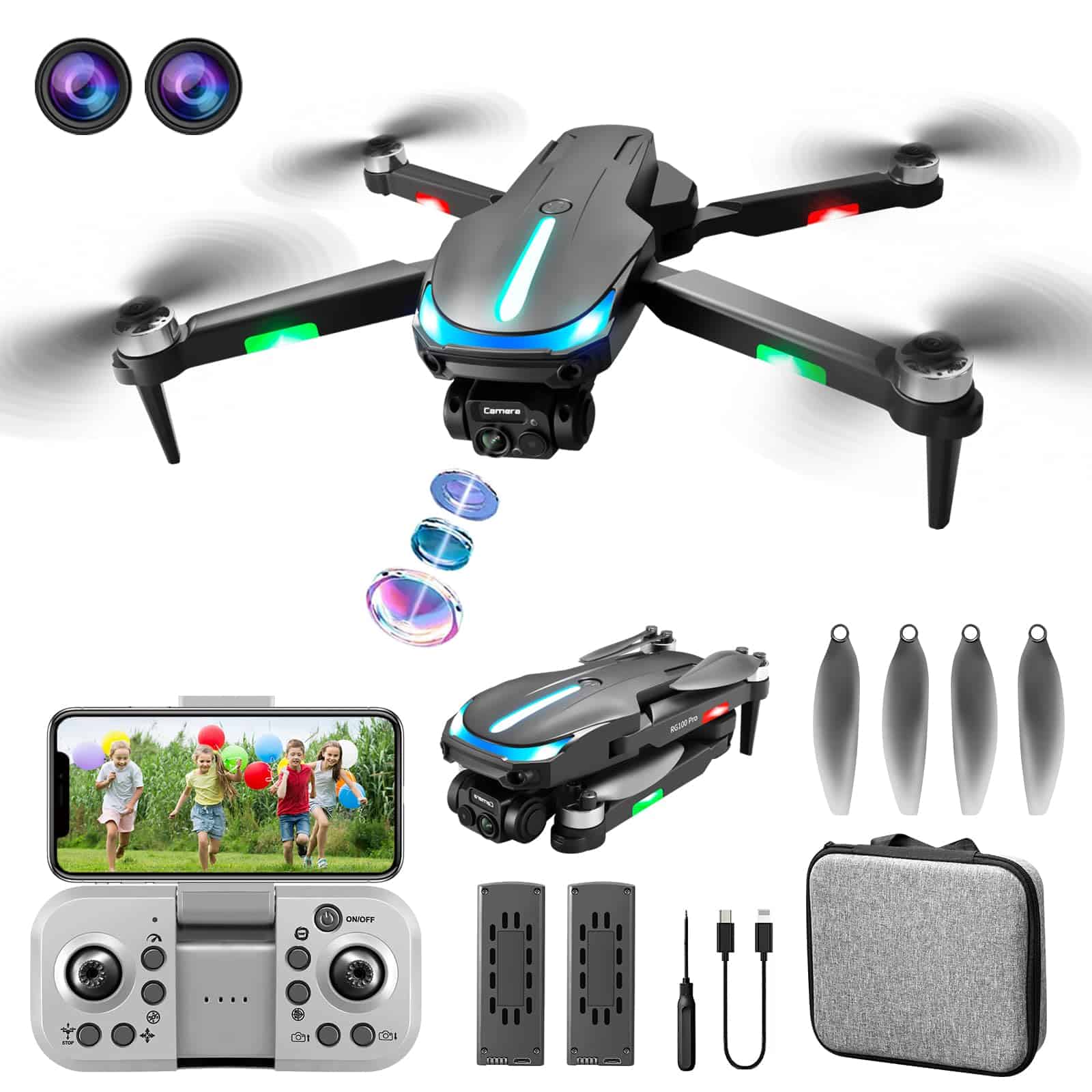
This beginner-friendly drone offers impressive features at a reasonable price point, making it a solid choice for those just starting their aerial photography journey.
Pros
- Exceptional 52-minute flight time with included extra battery
- Quiet brushless motors require minimal maintenance
- Simple controls with smart features like gesture recognition
Cons
- App connectivity can be occasionally spotty
- Wind resistance is limited in gusty conditions
- Camera quality doesn’t match higher-end models
We recently took the MUMAIS RG100PRO for a test flight and were pleasantly surprised by its performance. The 4K camera captures decent footage with its 120° wide-angle lens, giving us panoramic views that exceeded our expectations for a beginner drone. The real-time FPV (First Person View) through the “MUMAIS CLUB” app worked smoothly during our testing, though we noticed slight lag when pushing the range limits.
Setting up this drone couldn’t be easier. We appreciated the one-key takeoff and landing features that make flying less intimidating for newcomers. The three adjustable speed settings let us start slow and gradually increase as we gained confidence. What really impressed us was the battery life – with two batteries included, we enjoyed nearly an hour of combined flight time without needing to rush back to a charger.
The brushless motors make a noticeable difference compared to cheaper drones we’ve tested. They run quieter and provide more stable flight, which matters when you’re trying to capture smooth video footage. Fun features like voice control, gesture recognition for photos, and the ability to draw flight paths on the app add extra value. While it’s not perfect in every way, for beginners looking to explore drone photography without breaking the bank, the MUMAIS RG100PRO delivers impressive bang for your buck.
Velcase X61 Mini Drone
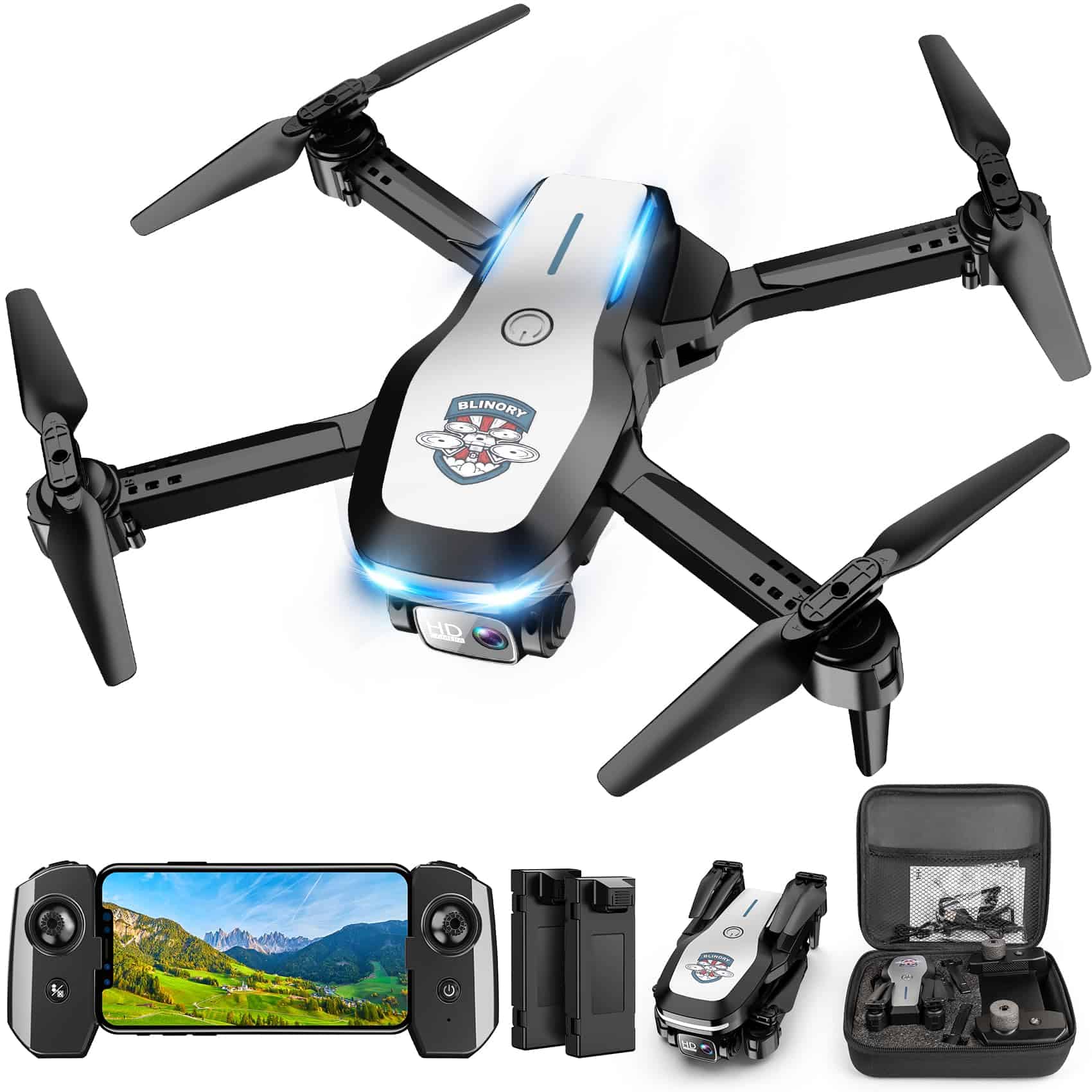
We highly recommend this affordable, feature-packed drone for beginners looking to explore aerial photography without breaking the bank.
Pros
- Easy to fly with intuitive controls and multiple beginner-friendly features
- Impressive 1080P camera with adjustable angle for quality photos and videos
- Extended flight time with two included batteries (up to 22 minutes total)
Cons
- Wind resistance is limited, best used on calm days
- App connectivity can occasionally be finicky
- Camera quality, while good for the price, doesn’t match professional drones
The Velcase X61 surprised us with its performance right out of the box. Setting it up took just minutes, and the foldable design makes it incredibly portable. After charging the battery, we had it airborne quickly thanks to the one-key takeoff function.
Flying this drone is remarkably smooth for a beginner model. The altitude hold feature worked well during our tests, keeping the drone steady for clear shots. We particularly enjoyed the three speed modes – starting slow for practice before advancing to faster flights as our confidence grew.
The 1080P camera delivers surprisingly good footage for a drone in this price range. We captured some beautiful sunset shots that looked impressive when shared on social media through the app. The optical flow positioning helped maintain stability during recording. For families with kids or adults just starting their drone journey, the X61 offers an excellent balance of features, performance, and value without overwhelming new pilots.
X-shop Mini FPV Drone
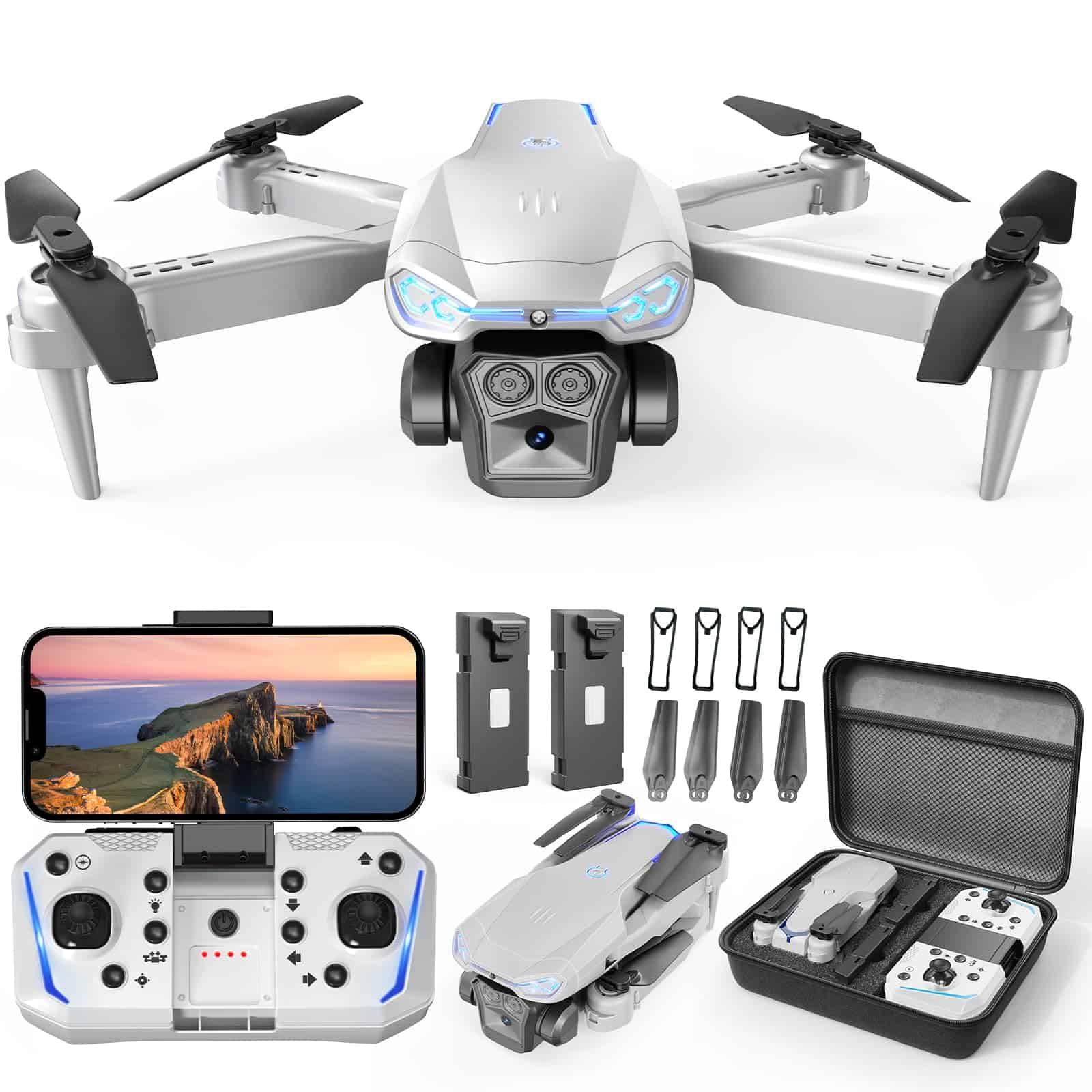
This beginner-friendly drone offers excellent value with its 1080P camera, user-friendly controls, and portable design that’s perfect for new pilots in 2026 .
Pros
- Easy one-key takeoff/landing and headless mode ideal for beginners
- Two batteries provide extended 30-minute flight time
- Lightweight (under 249g) design requires no FAA registration
Cons
- Camera quality isn’t comparable to higher-end drones
- Can struggle in windy conditions
- Limited range compared to more expensive models
We recently tested this X-shop drone and were impressed by how beginner-friendly it truly is. The one-key takeoff and landing feature works flawlessly, and the headless mode makes it much easier for new pilots to get comfortable with the controls. The three speed settings let us gradually build confidence as we mastered the basics.
The 1080P camera delivers surprisingly decent footage for this price point. We enjoyed streaming the live view directly to our phones while flying. The 90° adjustable lens gave us flexibility to capture different angles, though we did notice some shakiness during faster movements.
What really stands out is the portability factor. This drone folds down small enough to fit in its included carrying case, making it perfect for taking on hikes or trips. The fact that it weighs under 249g means we didn’t have to deal with FAA registration paperwork. The two included batteries gave us about 30 minutes of combined flight time, which felt generous compared to other budget drones we’ve tried.
Fun features like the 360° flips and gesture-controlled photos added some excitement to our flights. We mapped out custom flight paths using the app, which worked reliably most of the time. For kids and adults just getting into drones in 2026 , this model strikes a nice balance between affordability and features.
CHUBORY X10 PRO Beginner Drone

The CHUBORY X10 PRO offers incredible value for beginners with its combination of easy handling, impressive flight time, and 4K camera capabilities.
Pros
- Under 0.55lb weight means no FAA registration required
- Impressive 90-minute flight time with included batteries
- Stable GPS positioning with auto-return safety features
Cons
- Wind resistance is limited despite brushless motors
- Camera quality good for beginners but not professional grade
- App interface takes time to learn completely
We took the X10 PRO out for several test flights and were impressed by how beginner-friendly it is. The drone hovers steadily once airborne, making it easy to control even for first-timers. The remote feels comfortable in hand, with intuitive controls that don’t overwhelm new pilots.
Battery life is a standout feature with the three included batteries giving us nearly 90 minutes of combined flight time. This is rare in this price range and perfect for beginners who need extra practice time. The carrying case keeps everything organized and protected during transport.
The 4K camera delivered surprisingly good footage during our daytime flights. We could adjust the angle easily using the remote, capturing different perspectives without landing. GPS features like Follow Me and Point of Interest worked reliably, allowing us to capture dynamic shots without complex piloting skills. For beginners looking to explore drone photography without breaking the bank, the X10 PRO hits the sweet spot of affordability and capability.
RELIDOL X62 Drone
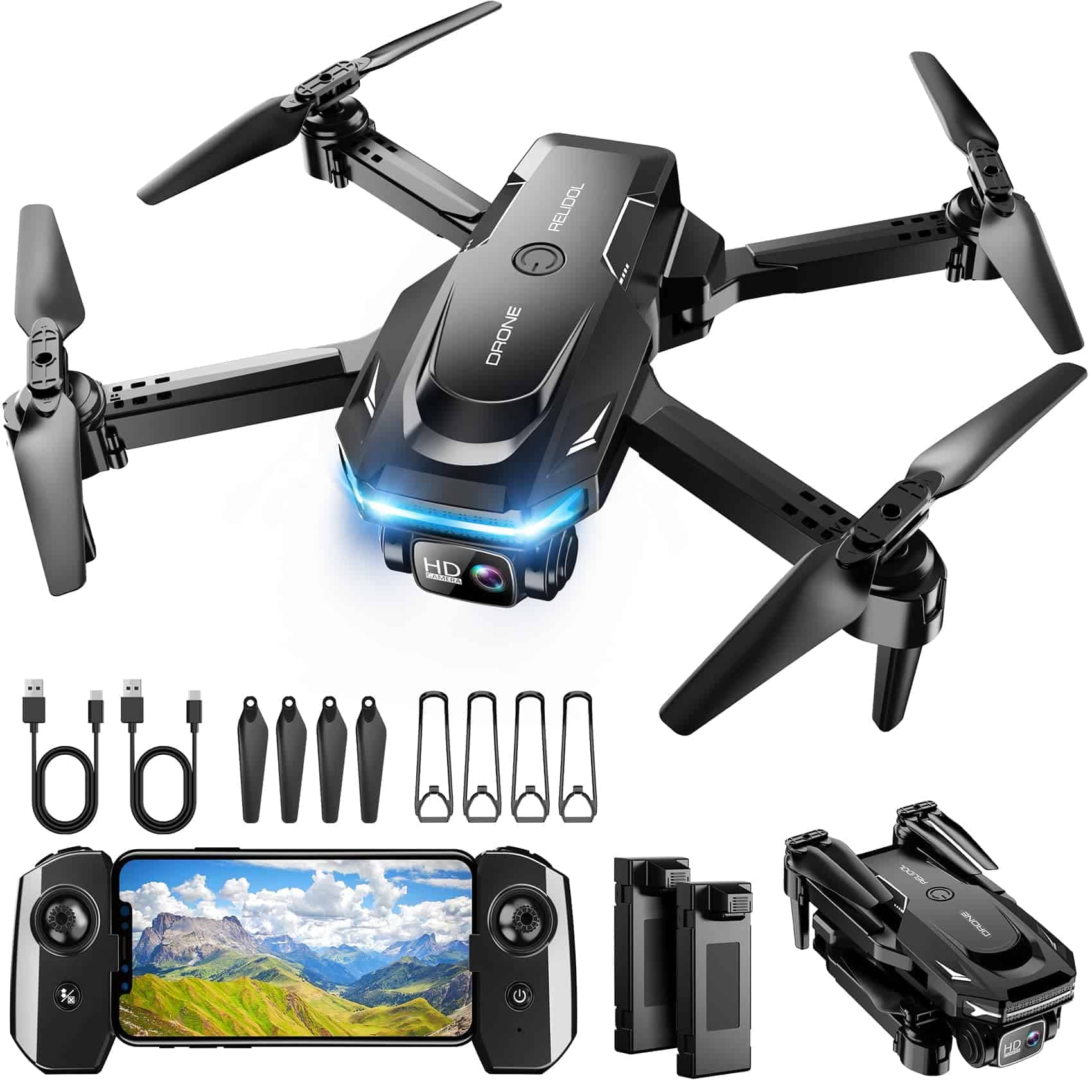
This beginner-friendly drone offers impressive flight time, multiple control options, and great camera quality at a price point that won’t break the bank.
Pros
- 25-minute flight time with two batteries
- Easy-to-use controls with voice commands
- Built-in safety features perfect for beginners
Cons
- Limited range of about 30 meters
- Struggles in windy conditions
- Camera quality good for price but not professional grade
We recently tested the RELIDOL X62 drone and were impressed by how beginner-friendly it is. The one-key takeoff feature made getting airborne simple, while the hover system kept the drone stable even with our novice piloting skills. The foldable design made it easy to transport, and at just over 4 ounces, it’s lightweight enough to take anywhere.
The 1080P camera surprised us with its quality for the price point. We captured clear footage with the adjustable 80° lens, and the gesture control feature for taking photos worked consistently well. The app interface was intuitive, making it simple to view real-time video and access special flight modes like circle fly and waypoint navigation.
Battery life exceeded our expectations. With two batteries providing about 25 minutes of total flight time, we had plenty of opportunity to practice. The emergency stop feature saved us from several potential crashes, and the propeller guards proved essential during our learning phase. For anyone looking to enter the drone hobby in 2026 , this model offers excellent value with its combination of user-friendly features and decent performance.
Hiturbo S20 Beginner Drone
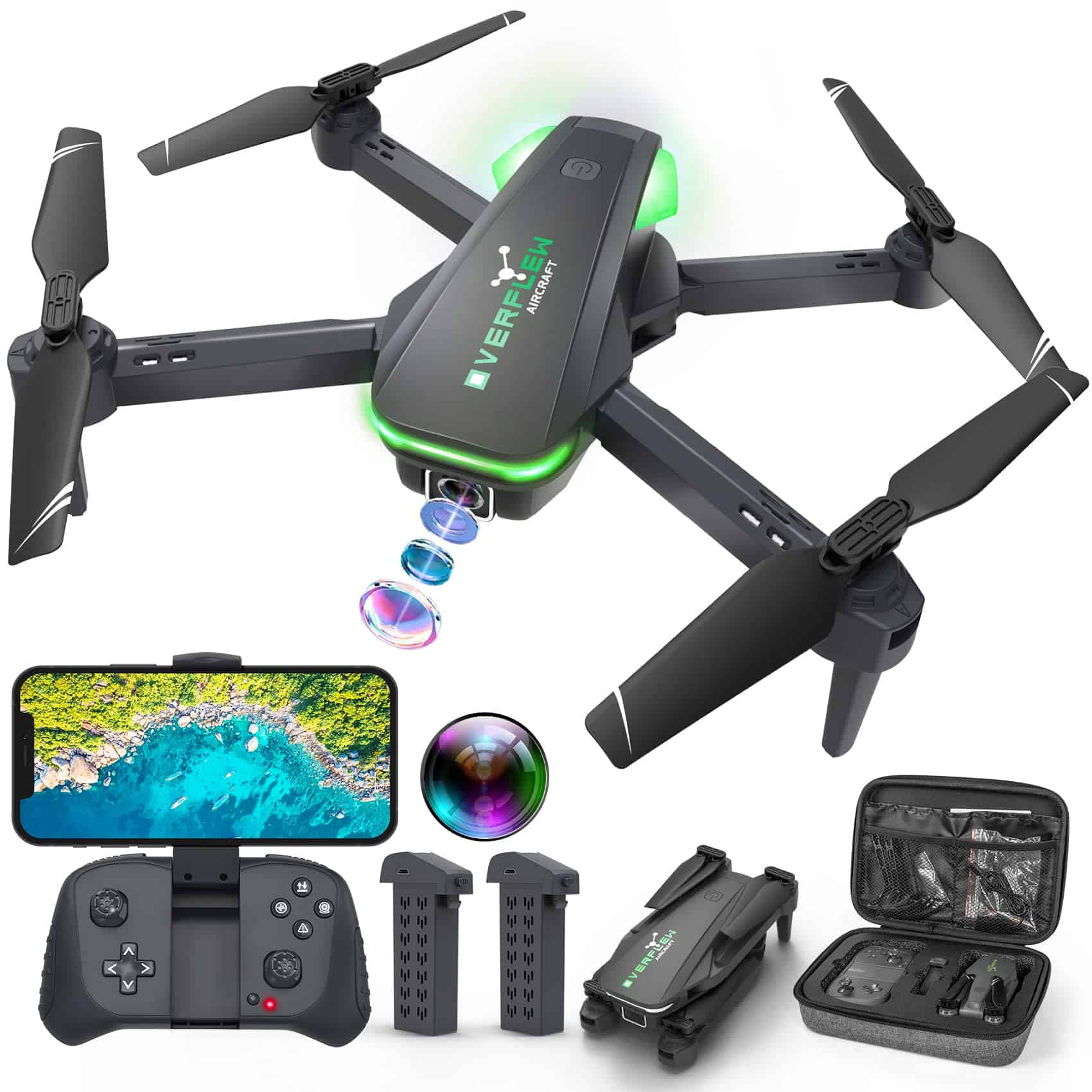
The Hiturbo S20 offers excellent value for beginners with its user-friendly controls, decent 1080P camera, and generous flight time.
Pros
- Two batteries provide up to 24 minutes of total flight time
- Exceptionally easy to operate with features like one-key takeoff
- Versatile control options via remote or smartphone app
Cons
- Camera quality is basic compared to higher-end models
- Limited range in windy conditions
- App and remote can’t be used simultaneously for all features
We recently tested the Hiturbo S20 drone and found it to be a standout option for beginners in 2026 . The setup process was refreshingly simple – we had it airborne within minutes of unboxing. The drone feels lightweight but not flimsy, weighing just 146 grams.
Flying the S20 was a breeze thanks to its beginner-friendly features. The altitude hold function kept it steady while we got comfortable with the controls. When we tried the 3D flip function, it executed perfectly every time. One tip: make sure to calibrate the gyroscope before each flight as mentioned in the instructions – this two-second process made a huge difference in stability.
The 1080P camera performed adequately for casual photography and video. We adjusted the camera angle manually to capture different perspectives, from overhead shots to forward-facing video. Battery life matched the advertised 12 minutes per battery, giving us plenty of time to practice. The voice control feature was a fun addition, though we found the remote control provided more precise handling for beginners learning the ropes.
Buying Guide
When looking for a beginner drone in 2026 , there are several key factors to consider. We’ve put together this guide to help you make the best choice for your needs and skill level.
Flight Time
Battery life is crucial for beginners who need practice time. Most entry-level drones offer 15-30 minutes of flight time. We recommend choosing one with at least 20 minutes to give you enough time to learn the basics.
Camera Quality
If you’re interested in aerial photography, pay attention to camera specs. For beginners, a 1080p camera is usually sufficient. Higher-end models offer 4K resolution, but aren’t necessary for learning.
| Camera Resolution | Best For |
|---|---|
| 720p | Basic flight practice |
| 1080p | Good quality photos/videos |
| 4K | Professional-quality imagery |
Stability Features
Drones with stability features make learning much easier. Look for models with:
- Altitude hold
- Headless mode
- One-key return
- GPS positioning
These features help prevent crashes and make the learning curve less steep.
Price Range
Budget matters, but the cheapest option isn’t always best. Entry-level drones typically cost $50-$300. We suggest spending at least $100 for a drone with decent build quality and essential features.
Size and Portability
Smaller drones are often easier for beginners to manage. They’re less intimidating and cause less damage if they crash. Many fold up for easy transport too.
Frequently Asked Questions
Many new drone enthusiasts have questions about finding the right model to start with. We’ve compiled answers to the most common questions about beginner drones in 2026 .
What are the top-rated beginner drones available in 2026 with an entry-level price point?
The DJI Mini 3 SE leads the pack for entry-level drones in 2026 , offering excellent stability and a 12MP camera for around $299. This model provides 31 minutes of flight time and intuitive controls perfect for beginners.
The Holy Stone HS720E has also earned high ratings this year, priced at $279 with a 4K camera and 26-minute battery life. It includes beginner-friendly features like one-key takeoff/landing and headless mode.
For absolute beginners, the Potensic Atom SE ($199) combines affordability with decent performance, featuring obstacle avoidance and automatic return home functions.
Which budget drones of 2026 offer the best value for amateur photographers?
The Ruko F11GIM2 ($349) provides exceptional value with its 3-axis gimbal stabilization and 4K camera. Amateur photographers will appreciate its stable footage and 28-minute flight time at this price point.
We’ve found the Contixo F35 ($299) offers impressive photographic capabilities with its 4K/30fps camera and follow-me mode. Its intelligent flight modes like orbit and waypoint flying make creative shots accessible to beginners.
The upgraded Snaptain SP700 ($259) delivers surprising image quality with its 2.7K camera, making it perfect for beginners who want to explore aerial photography without breaking the bank.
What beginner-friendly drones feature 4K cameras without compromising on quality?
The DJI Mini 4 Pro stands out with its true 4K/60fps camera and 3-axis gimbal, providing cinema-quality footage. At $499, it balances quality with accessibility.
The Autel Robotics Evo Nano ($399) impresses with its 4K camera and excellent low-light performance. The color accuracy and dynamic range rival drones twice its price.
For those on tighter budgets, the Hubsan Zino Mini Pro ($349) offers genuine 4K recording with HDR capabilities. Its image stabilization technology helps beginners capture smooth footage right away.
How do beginners effectively compare and select a drone with GPS capabilities?
We recommend focusing on GPS accuracy first. The Potensic D88 and Holy Stone HS720G both offer ±1 meter precision, which provides reliable position holding for beginners.
Look for drones with multiple satellite system support (GPS, GLONASS, Galileo). This feature, found in the Ruko F11 GIM2, ensures better connectivity and reduces the chance of flyaways.
Consider models with Return-to-Home functionality. This safety feature automatically brings the drone back when the battery is low or the signal is lost—essential for beginners still mastering controls.
What should first-time drone buyers look for in terms of features and specifications?
Flight time should be a priority—look for at least 20 minutes per battery. Models like the DJI Mini 3 (31 minutes) or Ruko F11 Pro (30 minutes) minimize interruptions during learning sessions.
Consider drones with beginner modes that limit speed and altitude. The Holy Stone HS175D offers three speed modes that gradually introduce faster flying as skills improve.
Obstacle avoidance is worth paying extra for. Even basic systems found in the Potensic Atom SE can prevent costly crashes while you’re learning to navigate.
What are the most recommended drones for novices on a sub-$500 budget in 2026 ?
The DJI Mini 3 ($499) tops our recommendations with its exceptional camera quality, long flight time, and intuitive controls. It offers the best overall package just within the $500 limit.
We’ve been impressed by the Autel Evo Nano ($399), which provides many premium features like 4K video, obstacle sensing, and 28-minute flight time at a mid-range price point.
For those wanting maximum value, the Holy Stone HS720E ($279) delivers solid performance with its 4K camera, GPS stability, and comprehensive feature set that outperforms its price category.




